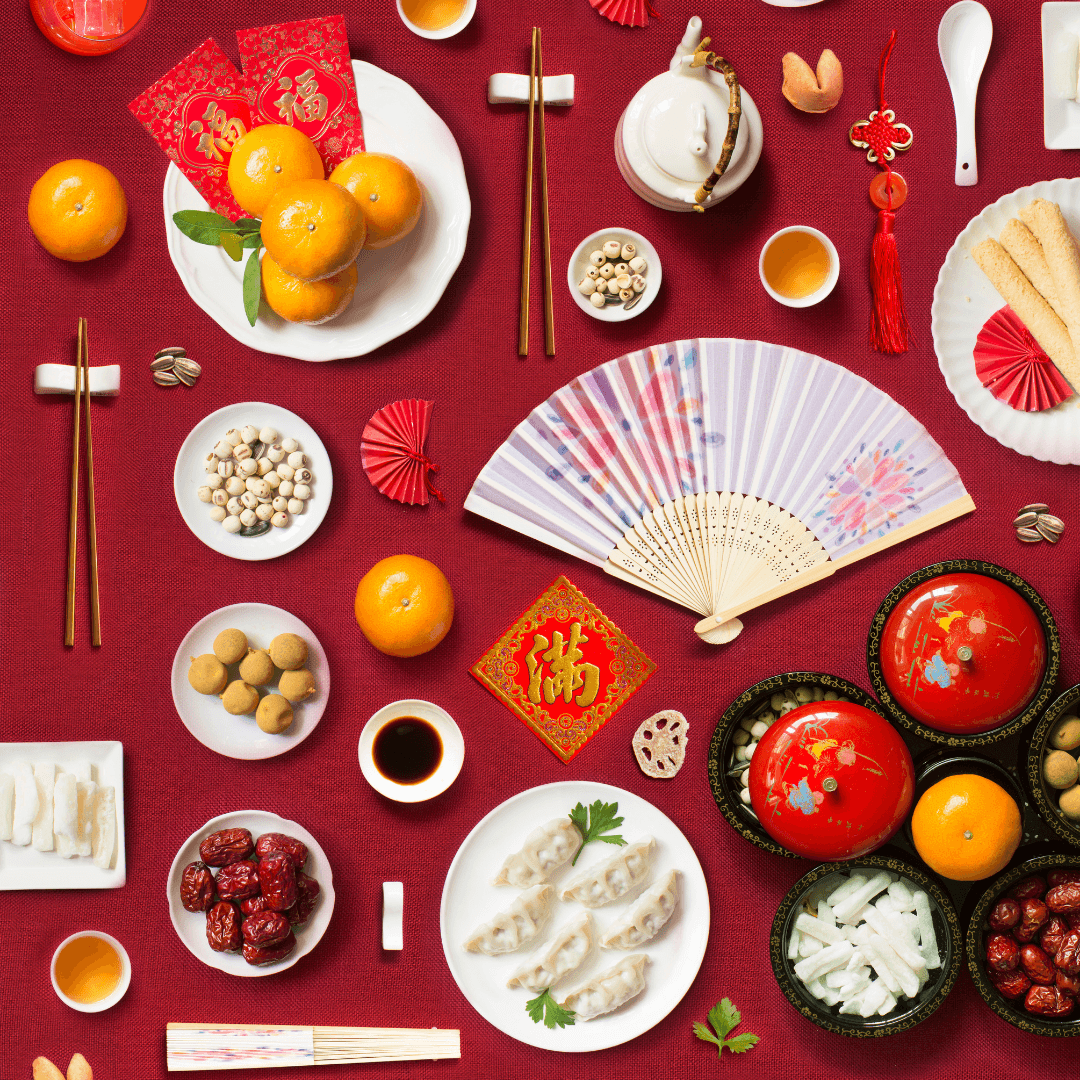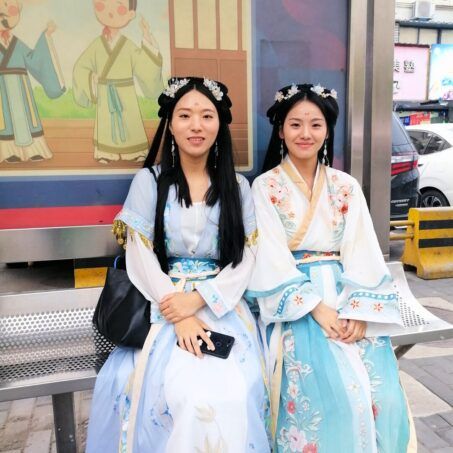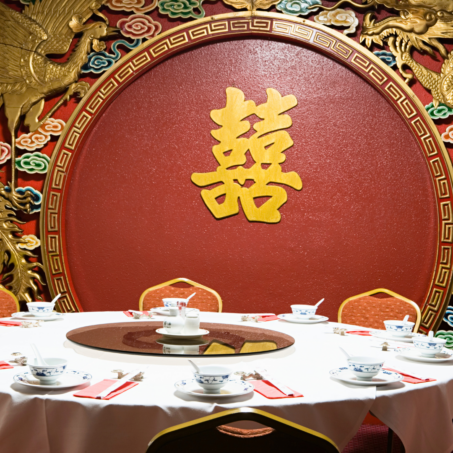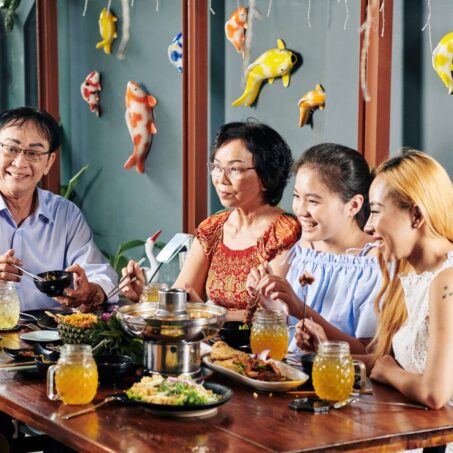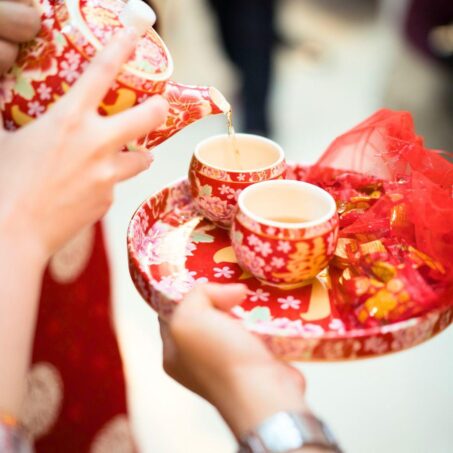Christmas is coming, which means it’s time for turkey, mince pies and mulled wine. But while you could probably name most of the traditional foods we eat during Western festivals, how many of the following Chinese festivals and their dishes have you heard of? Here are some of the main ones.
Dragon Boat Festival (端午节, Duān Wǔ Jié)
This festival celebrates the legendary poet and politician, Qu Yuan. In 278BCE, as a sign of protest and despair at corruption within the government at the time, he drowned himself in the Miluo River. According to Chinese legend, the locals raced boats out into the river to try and recover his body – and when they couldn’t find it, they threw triangular sticky rice dumplings into the river so that the fish would eat those instead.
To this day, people still race dragon boats and eat these leaf-wrapped dumplings – called 粽子 (zòngzi) – to remember his life and death.
Mid-Autumn Festival (中秋节, Zhōng Qiū Jié)
Also known as the Moon Festival or the Mooncake Festival, mooncakes are a must-have. They differ depending on the province, with the most recognisable being the Cantonese-style baked mooncake. These feature an intricately-stamped soft pastry shell and a filling of sweet lotus or red bean paste, often with a salted egg yolk in the centre. Although traditional mooncakes are still popular, modern ones like ice cream and snow skin (sticky rice) moon cakes are enjoyed nowadays too.
Apart from mooncakes, pomelos are also often eaten during this festival. This is because the Chinese word for pomelo ( 柚子, yòuzi) sounds like ‘blessing children’ (佑子 yòuzi), so it’s traditionally given as an auspicious gift.
Chongyang Festival (重阳节, Chóng Yáng Jié)
Also known as ‘Double Ninth Festival’ because it falls on the ninth day of the ninth lunar month, this festival is celebrated because, in ancient Chinese philosophy, the number nine is an auspicious number. Because chrysanthemum flowers are in season, chrysanthemum wine and drinks are enjoyed, as well as a cake made with rice flour, fruits and nuts called chongyang cake.
Dongzhi Festival (冬至 Dōng Zhì)
This important festival marks the winter solstice and is a time to eat sticky rice balls in broth (汤圆, tāng yuán). These are often served in a sweet broth, sometimes with sweet fermented rice or flavoured with osmanthus flowers. Sometimes the rice balls themselves are plain, but they’re also often stuffed with sweet fillings like black sesame and peanut paste.
Chinese New Year (春节, Chūn Jié)
Last but certainly not least, Chinese New Year is the biggest, most important festival on the Chinese calendar. And without a doubt the most well-known one too. Also known as the Spring Festival or the Lunar New Year, China celebrates with a 7-day-long holiday. The festival period itself lasts for 15 days, with the final day being celebrated with the Lantern Festival.
No Chinese New Year celebration is complete without sticky rice cake (年糕, nián gāo). One of the most popular legends is that families would offer this sweet, sticky cake to the Kitchen God. The sticky cake would jam his mouth closed so he wouldn’t be able to give bad reports about the family to the celestial Jade Emperor.
The expression ‘年年有余’ (nián nián yǒu yú) is often said during Chinese New Year to wish people abundance and surplus every year. Because 余 sounds like 鱼 (yú, fish), fish is a popular meal too. Long noodles, also known as ‘longevity noodles’ (寿面, shòu miàn) and dumplings (饺子, jiǎozi) are also New Year staples.
How many of these traditional foods have you tried? Keep an eye out for them around festival times in your local Chinese grocery shops, or have a go making them yourself at home. Festival food is a family affair, so it’s even better if you can get your loved ones to help too.

